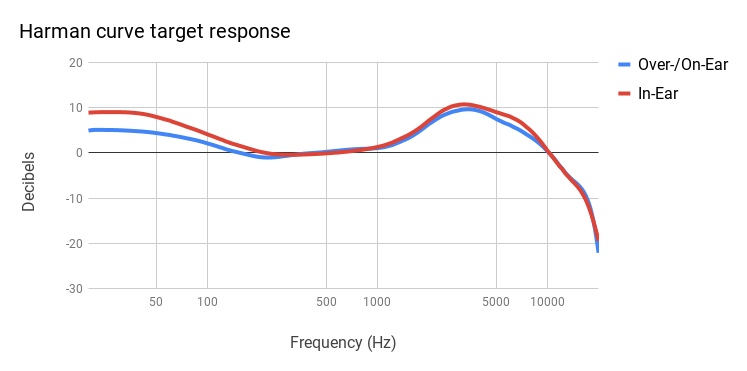Well, it's an interesting question. And one that I honestly haven't given too much thought, since I don't use IEMs myself. But I'll try to give my opinion anyway.

If the outer ear or pinna does indeed have some bass-boosting effect on the sound before it enters the inner ear, then theoretically it might make sense to add something comparable in the way of a bass boost to an IEM, to account for the loss of that.
I think there are some important caveats to that though.
When you're listening to speakers or sound in a room (which is presumably still the model we're using for all this stuff), the sound has a number of different interactions with different surfaces and objects before it finally reaches your ear-drum where you hear it. It interacts with the room first, then with your body and head, and then with the outer ear, and finally with the ear canal and parts of the inner ear.
Whenever the subject of target curves and HRTFs for headphones comes up, there is often a tendency by some to simply throw their hands up in anguish, and proclaim that
no two people or ears are alike, therefore there can't be just a one-size fits all solution to a neutral response. And we shouldn't even bother trying to find one. And I think there's probably some truth to that. The variations in human anatomy really only begin to come into play though after the sound leaves the speaker and interacts with the room, and reaches your body. From that point on, the differences in the shape of your body, head and ears can potentially have a different effect on the exact frequencies that you hear at the DRP or ear-drum reference point, versus someone with a different anatomy.
Basically, the further away you get from the sound source (a speaker in this case), and closer you get to the DRP, in terms of the chain of acoustical interactions, the greater the effect that differences in human anatomy can have on the physically measurable characteristics of the sound that you hear at the ear drum. And the more difficult it is to accurately model or predict what the sound is like at the point of measurement.
...Which means that it is harder to accurately model the sound in an IEM (which has no interaction with the outer ear), than it is to model the sound in an on-ear headphone (which has some degree of interaction with the outer ear), or an over-the-ear headphone (which has an even greater degree of interaction with the outer ear). Because in an IEM, the physical effects of the outer ear geometry (and any variation there is in that) are simply missing. Which in turn can lead to greater variations in what is measured and perceived as "neutral" at the DRP.

























